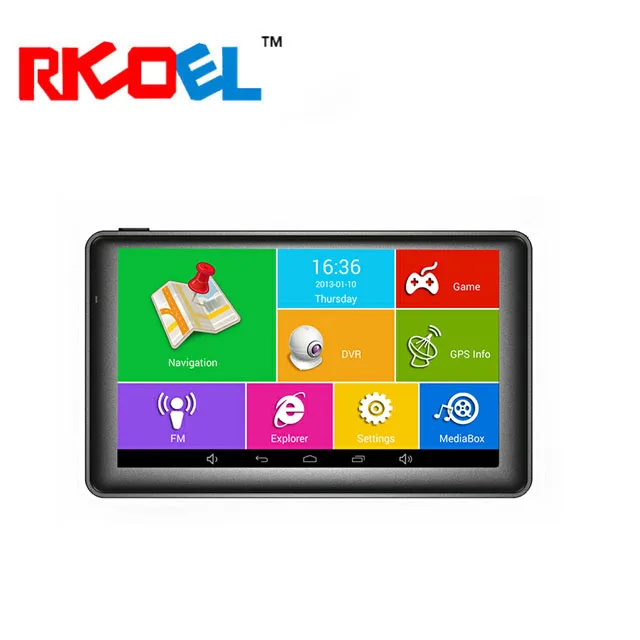
A flow diagram for this SoC is shown in Figure 1.
#USING WINDOWS CE 6.0 WINDOWS#
The ARM926EJ-S core incorporates all of the necessary necessary internal modules for designing an application based on the Microsoft Windows Embedded 6.0 RTOS. Also, one of the PRU cores can be turned into a CAN-peripheral. These cores support floating point mathematical operations, and have a Programmable Realtime Unit subsystem (PRUSS) consisting of two 32-bit cores that allow off-loading of the ARM-core by performing preliminary data flow processing chores. Texas Instruments' OMAP-L138 is a low-power, dual-core system-on-chip (SoC) that combines an ARM926EJ-S RISC MPU with a TI C674x VLIW DSP and includes a rich peripheral set.

#USING WINDOWS CE 6.0 DRIVER#
A developer with a board support package (BSP) for a specific platform can quickly create an operating system image by selecting necessary components.Ī wide range of tools for debugging and profiling of the core code, user applications, automated driver test system (CETK), and OAL layer (OEM Abstraction Layer) are available for Microsoft Windows Embedded CE/Compact, as well as numerous helpful utilities for control and setting of the device hardware operations. Another strength of the OS is that it is possible to port a code from applications written for desktop versions of Microsoft Windows OS, which significantly reduces the time and costs for end device development. The embedded operating system we used was Microsoft Windows Embedded CE/Compact, a multicomponent real-time operating system (RTOS) that supports such architectures as ARM, MIPS, SH4, and х86. This article describes our experiences developing designs based on the OMAP-L138 and the C6-Integra family in general. With careful design it can be used not only as the basic core in mobile applications but is flexible enough to be used in a wide range of standalone non-mobile designs in industry, medicine, and machine automation. One of the most flexible implementations of the ARM architecture is Texas Instruments' OMAP-L138 SoC.
Part 1: Evaluating the basics of Windows CE 6.0 R2 and OMAP-L138 processors


 0 kommentar(er)
0 kommentar(er)
